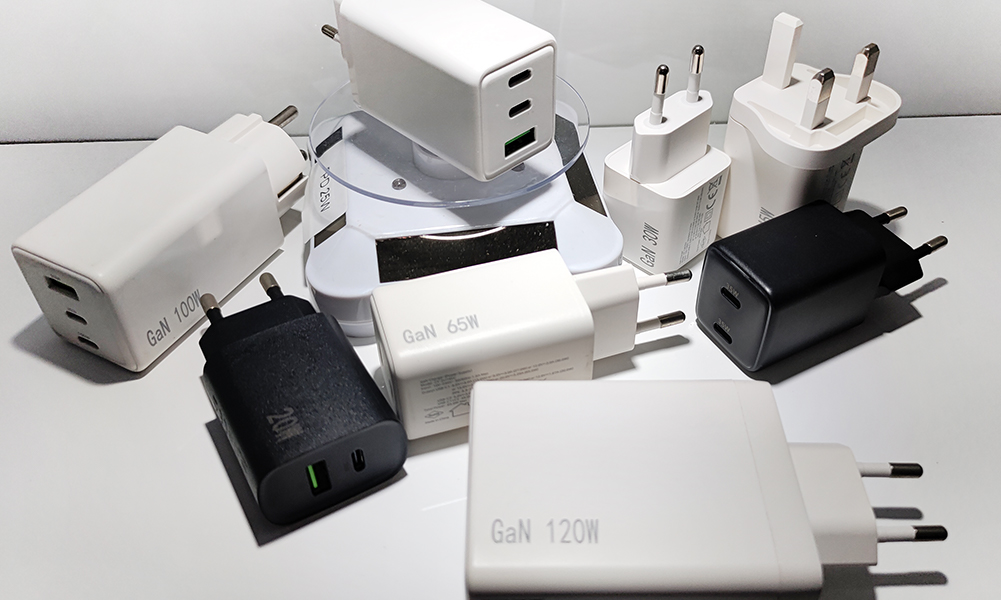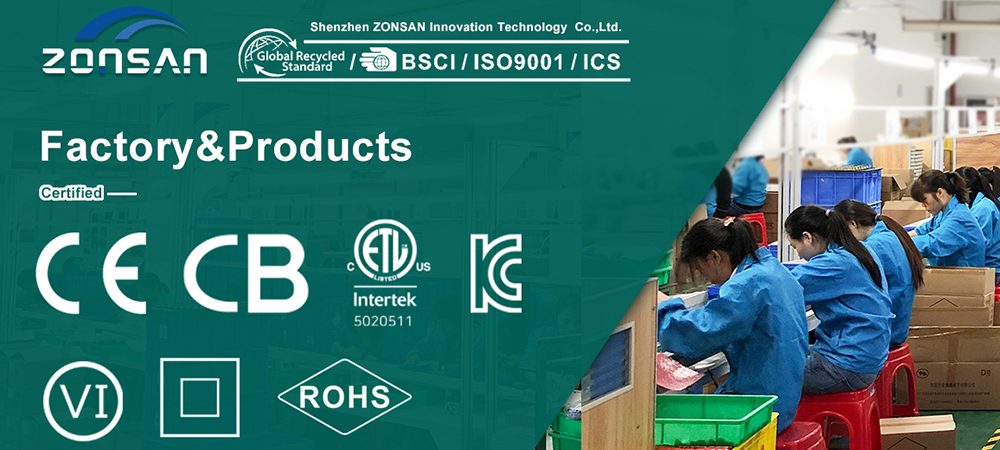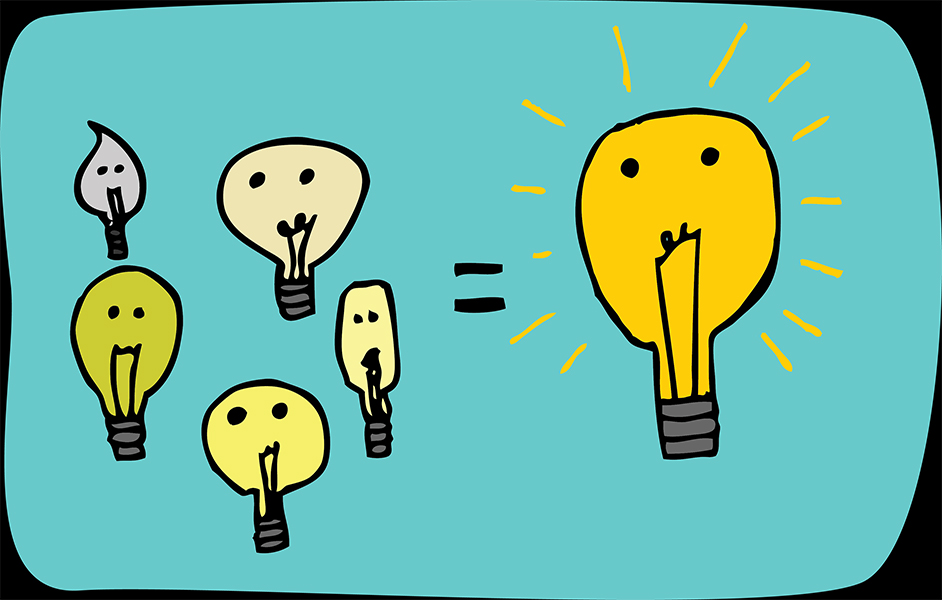Why Is My Fast Charger Not Charging Fast?

1. Compatibility Issues
Fast charging requires both the charger and the device to support the same charging protocol. For example:
· An Apple USB-C charger works best with devices that support Power Delivery (PD).
· Samsung’s 45W Super Fast Charger utilizes PPS (Programmable Power Supply) technology for optimal performance with Galaxy devices.
Solution: Verify your charger is compatible with your device’s fast-charging standard. Check for terms like PD, QC, or PPS on both the charger and your device.
2. Background Processes and Usage
Using your device while charging—especially for resource-intensive tasks like gaming or video streaming—can slow down the charging process. Background apps also contribute to power consumption, reducing the speed of charging.
Solution: Close unnecessary apps and avoid heavy usage while charging. Place your device in Airplane Mode for even faster charging.
3. Heat and Temperature Factors
Fast charging generates heat, and excessive heat can slow down charging to protect your device. Environmental factors like high room temperatures can exacerbate the problem.
Solution:
· Charge your device in a cool, ventilated space.
· Avoid placing it on surfaces that trap heat, like beds or couches.
4. Using Low-Quality or Non-Certified Cables
The cable plays a significant role in charging speed. Non-certified cables might not support the required power output, leading to slower charging. Examples:
· A 30W USB-C charger paired with a low-grade cable may only deliver a fraction of its potential output.
· MacBook Pro chargers require high-quality USB-C cables and 65w or 100w Charger to support their high wattage.
Solution: Always use high-quality, certified cables compatible with your charger and device.

5. Outdated or Faulty Equipment
Over time, chargers, cables, and device ports can degrade, leading to reduced efficiency. Dust and debris in charging ports can also interfere with proper connectivity.
Solution:
· Inspect your charger, cable, and device port for signs of wear or damage.
· Clean the charging port gently using a soft brush or compressed air.
6. Device-Specific Limitations
Some devices limit charging speeds after reaching a certain battery percentage to protect battery health. For example, many smartphones reduce charging speeds once the battery hits 80%.
Solution: This behavior is normal and helps preserve battery life. For faster charging, try plugging in your device when it’s at a lower battery level.
7. Power Source Matters
Charging speeds can vary depending on the power source. For instance:
· Charging with a wall adapter like a 45W Super Fast Charger 2.0 will generally be faster than using a laptop USB port.
· Public charging stations may offer slower speeds due to shared power output.
Solution: Use a wall charger with sufficient wattage for your device, like a 100W USB-C charger for laptops or a 30W USB-C charger for smaller devices.
8. Software and Firmware Issues
Occasionally, outdated software or firmware can impact charging performance.
Solution: Ensure your device is running the latest software updates, which often include optimizations for battery management and charging.
9. Misconceptions About "Fast Charging"
Not all fast chargers operate at maximum speed throughout the entire charging cycle. Many chargers start fast but slow down as the battery nears full capacity.
Finally
From compatibility issues to environmental factors, several reasons can hinder the performance of your fast charger. To ensure optimal charging:
1. Use certified chargers and cables, like the Apple fast charger block or Samsung Super Fast Charger 45W.
2. Keep your equipment clean and updated.
3. Avoid usage during charging for maximum efficiency.
Reliable, high-quality chargers, such as GaN chargers, ensures long-term performance and safety for all your devices.
